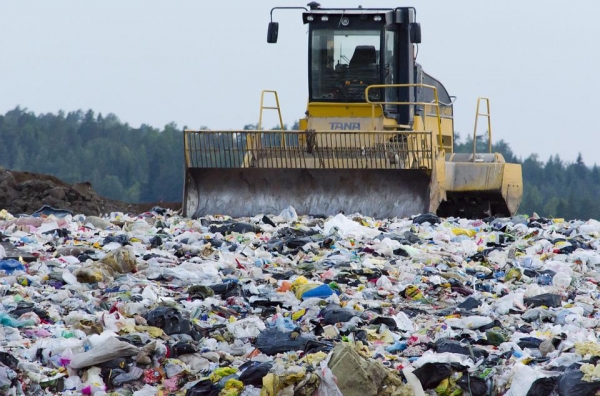Each year, humans across the globe produce billions of tons of solid waste. Roughly 70% of this refuse ends up deposited in landfills, where it slowly decays. Yet, what may seem an inert accumulation of useless debris, is in reality, a complex ecosystem, teeming with microbial activity. Vast communities of microorganisms feed on the waste, converting it into byproducts—primarily carbon dioxide (CO2) and methane.
While most landfill methane is captured and flared away, researchers hope instead to make use of this resource, which can be converted into fuels, electricity or used for heating homes (see below).
In a new study published in the journal Applied and Environmental Microbiology, lead author Mark Reynolds, along with his Arizona State University and Industrial colleagues, explore these microbial communities flourishing in leachate, a liquid percolating through solid waste in a landfill. They find that the composition and behavior of specific microbes found in arid landfills, like those in Arizona, are distinct from similar communities in more subtropical or temperate climates. Microbial composition also differs depending on the age of the landfill deposits.
The project was carried out at the Salt River Landfill located in Scottsdale, near ASU’s Tempe campus. The facility receives about 1,600 tons of municipal solid waste daily.
Read more at Arizona State University
Photo Credit: Prylarer via Pixabay


